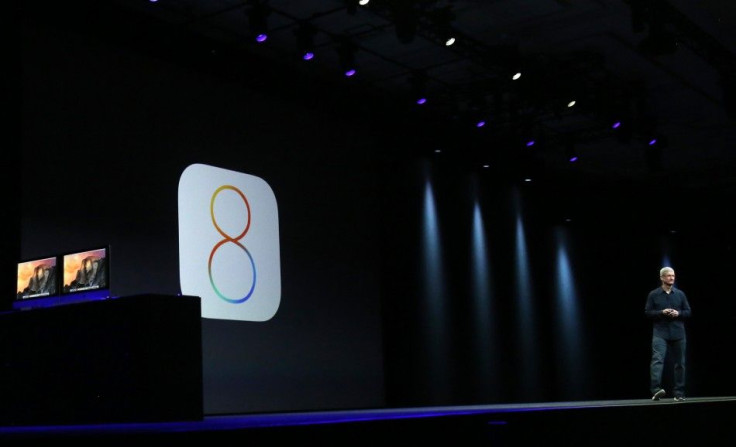iOS 8 And iOS 8.0.2 Security Flaw Revealed, Anyone Can Easily Bypass Touch ID And Passcode Security Features

The all new iOS 8 was released on Sept 17 and on Sept 24, Apple had rolled out first update - iOS 8.0.1 for compatible devices. Only iPhone 6 and iPhone 6 Plus phablet users complained that after installing the update, their handsets started to encounter poor signal strength and the Touch ID fingerprint sensor malfunctioned.
Apple had to stop the iOS 8.0.1 to make way for more stable iOS 8.0.2 update. Apple released the iOS 8.0.2 update on Sept 26 to fix bugs. However, there is one security flaw with the iOS 8 that has not been fixed even with the arrival of iOS 8.0.2 update.
According to PhoneArena, EverythingApplePro YouTube channel has a video that shows the security flaw that allows the user to access anything on the iPhone by bypassing Touch ID and Passcode security feature.
The video states that the security flaw only works when an iPhone with iOS 8 or 8.0.2 build is connected to a PC or power outlet and also when the "Allow Hey Siri" feature is enabled.
This is how the security flaw has been shown in the video. Calling out "Hey Siri" when the iPhone is on standby activates the voice assistant feature. When you ask Siri for any information like "How is the weather today?" it starts loading an answer for the query. When you hit the Home button at this point and swipe on the screen to the right, the handset will not prompt you to enter Touch ID or passcode but it will rather bypass them and allow you to access anything on the device.
The security glitch does not work all the time, but it does allow you to bypass the iOS 8 security features. Even though the iPhone with iOS 8 and iOS 8.0.2 is at risk of this security flaw, it can be only employed when the specific setup as mentioned above is available.
PhoneArena adds that whenever there has been a security issue, Apple has sealed it by rolling out a fix. Now that a bypass for Touch ID and Passcode has been revealed, we should expect a fix in the near future.
Do try the steps we discussed above and let us know whether the security flaw works on your iPhone.



















